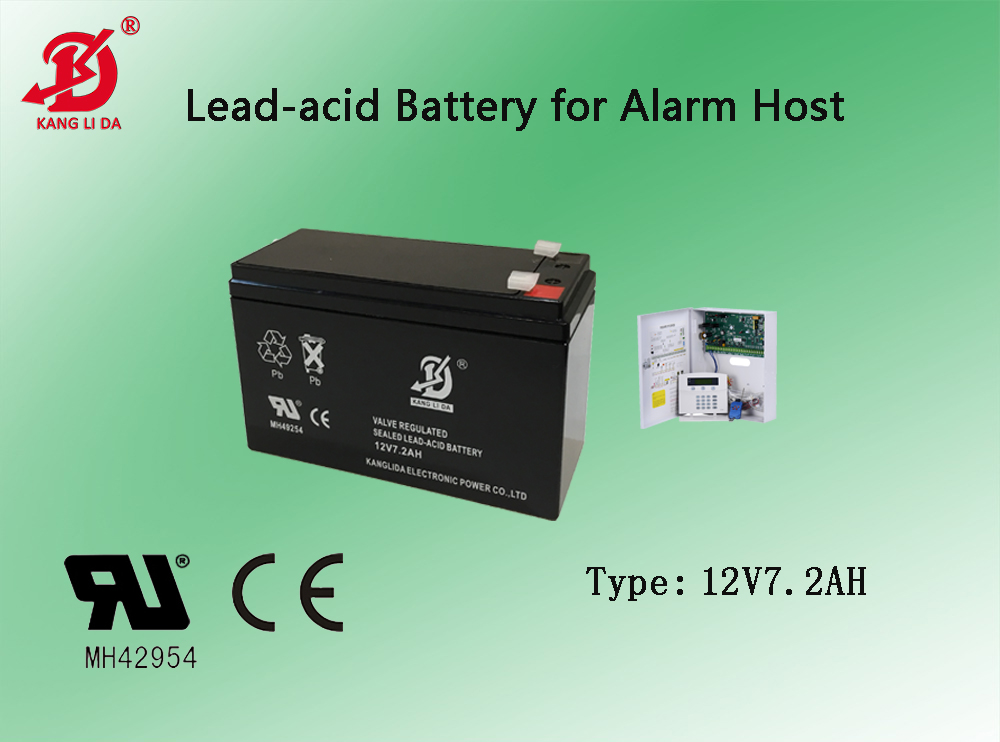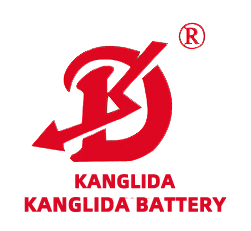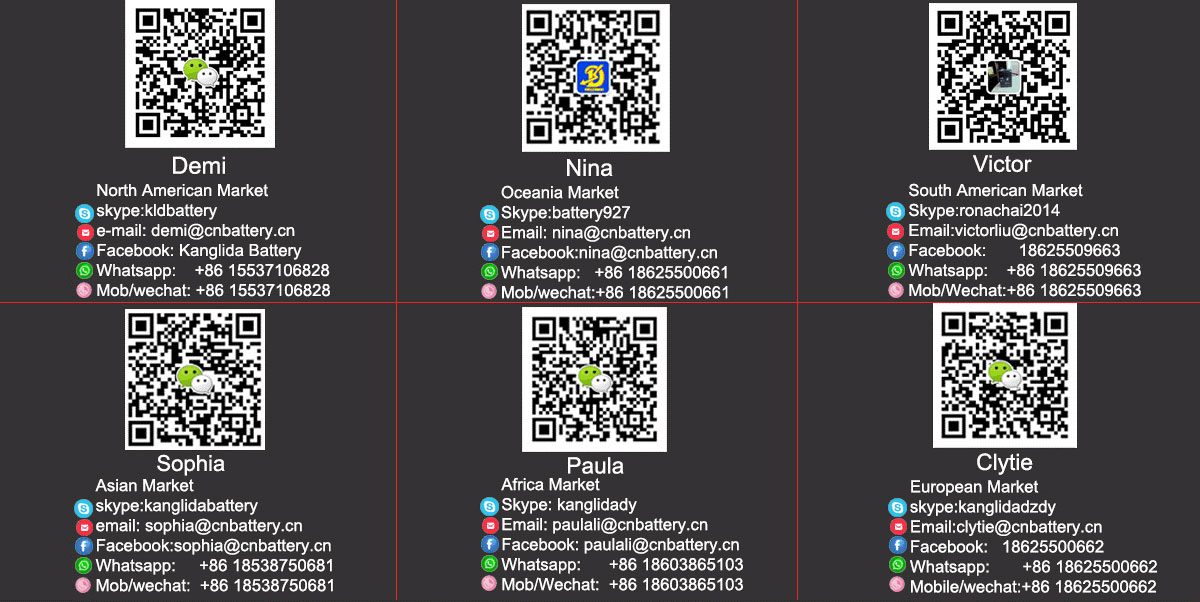The role and content of gas and silicon in electrolytes are very different, as described below by conlida electronic power co., LTD.
1. Gas silicon is used as a gel in electrolytes, and its thickening and thixotropic property and excellent stability are valued.
2. Content of gas and silicon in electrolytes:
Gas content of silicon in the electrolyte will at some point to achieve the ideal effect, with the increase of SiO2 content in the gel electrolyte, pore volume, pore diameter and porosity is reduced, the colloid structure of cavity decreases, and lead to formation of the gel is hard, hard to cut loose, glue separation, colloid electrolyte resistance increases, the H +, S042 - ion diffusion velocity decreases, and the battery charge and discharge power also reduced accordingly. In theory, the content of SiO2 in electrolyte should be as low as possible to obtain the best porosity. High enough to keep the colloidal structure stable, but high SiO2 content means low battery capacity, high viscosity of electrolyte, and difficult filling. Patented technology at home and abroad usually USES gel content between 4% and 10%

Gas-silicon model selection:
Under the condition of content and other conditions unchanged, the smaller the particle size of SiO2 particles, disperse uniformity, the better, the bigger the specific surface area, the higher the reactivity, at the same time, the closer the distance between colloidal particles, thixotropy, the better, but the SiO2 particle size too small, too. When the particle size of silica is less than 5nm, the gelation time is short, the gel strength is large and the thixotropy is poor, which is easy to cause hydration stratification. However, when the particle diameter is more than 50nm, the gel strength is poor and the gel cannot be stable. Generally, the particle size of gas phase SiO2 is suitable for 10-30nm, and M5 can be selected.
Gas silicon needs to meet the requirements
The gas-phase SiO2 suitable for colloidal electrolytes should have uniform and reasonable particle size.
The content of SiO2 should be greater than 99.8%.
The content of impurity Fe2O3 is less than 1.0 * 10-5.
The content of HCL is less than 5.0 * 10-6.
The content of Al2O3 is less than 1.0 * 10-4.
Tamped Density = 50 g/ L;
The compaction density is about 120 g/ L.
These parameters will affect the quality of the colloid.
For AGM sealed lead batteries, although the majority of the battery's electrolyte is maintained in the AGM diaphragm, 10% of the membrane pores must not enter the electrolyte. The oxygen produced by the positive electrode is absorbed by the negative electrode by reaching the negative electrode through this pore.
The main component of colloidal electrolyte is a kind of functional compound whose particle size is almost nanometer. Gel electrolyte into the battery charged internal or several hours later, will gradually gelation occurs, turn state liquid electrolyte for jelly, colloid, a variety of surface active agent is added to the help filling battery before gelling resistance, but also help prevent after filling battery plate sulphates, reduce the corrosion of sheeting, raise the utilization ratio of plate reaction of active material.

Zhengzhou Kanglida Electronic Power Co.,Ltd founded in 2000, professional development, production, sales of 2 v, 4 v, 6 v, 12 v four series and maintenance-free lead-acid battery, gel battery and electronic charger, etc. Products are widely used in security alarm system, fire alarm system, building intercom system, elevator emergency evacuation system, emergency lights, antenna, power sprayers, electronic said, children, cartoon gas mould, washing machine, rotary table, parking lock, flashing lights, traffic lights, dc panel, solar energy, wind energy, UPS, EPS, etc for electrical system.
Message





